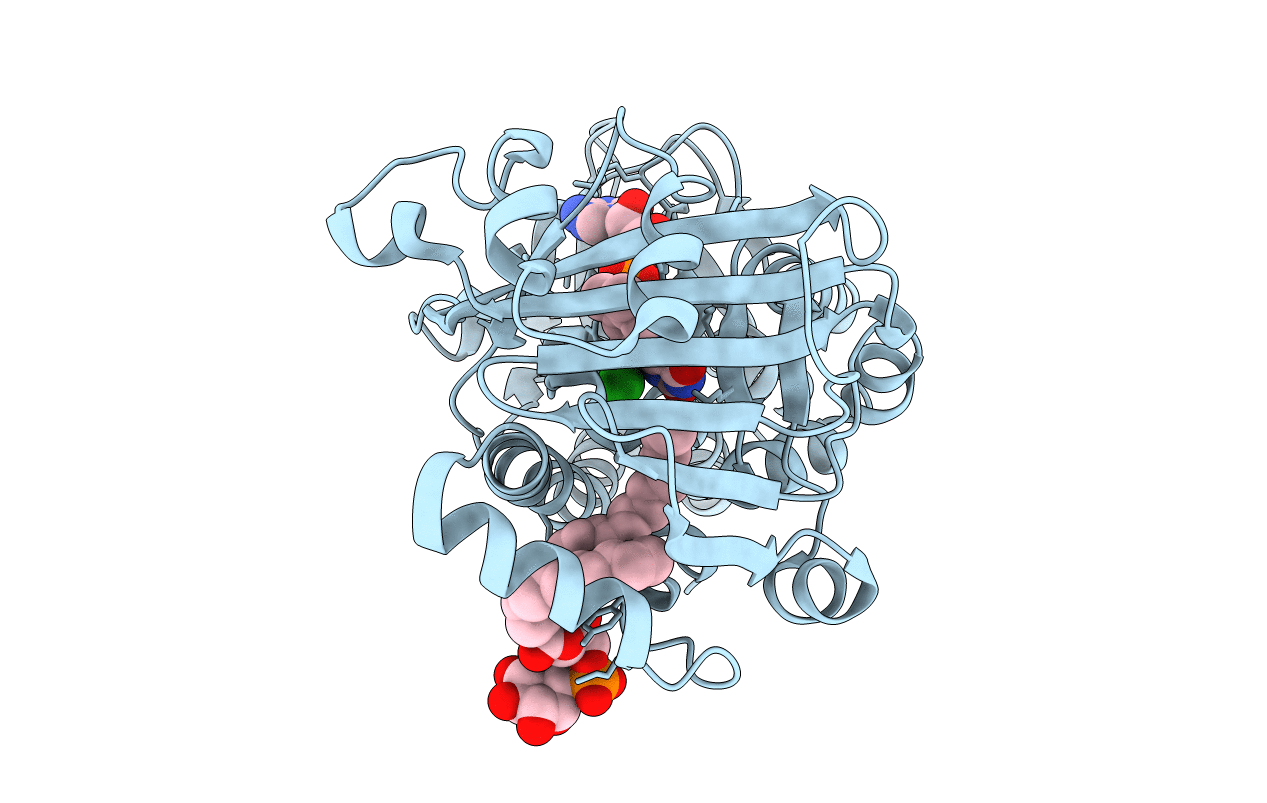
Deposition Date
2016-02-01
Release Date
2017-02-01
Last Version Date
2024-01-10
Entry Detail
PDB ID:
5HYM
Keywords:
Title:
3-Hydroxybenzoate 6-hydroxylase from Rhodococcus jostii in complex with phosphatidylinositol
Biological Source:
Source Organism:
Rhodococcus jostii (strain RHA1) (Taxon ID: 101510)
Host Organism:
Method Details:
Experimental Method:
Resolution:
2.30 Å
R-Value Free:
0.26
R-Value Work:
0.20
R-Value Observed:
0.21
Space Group:
I 41 2 2


